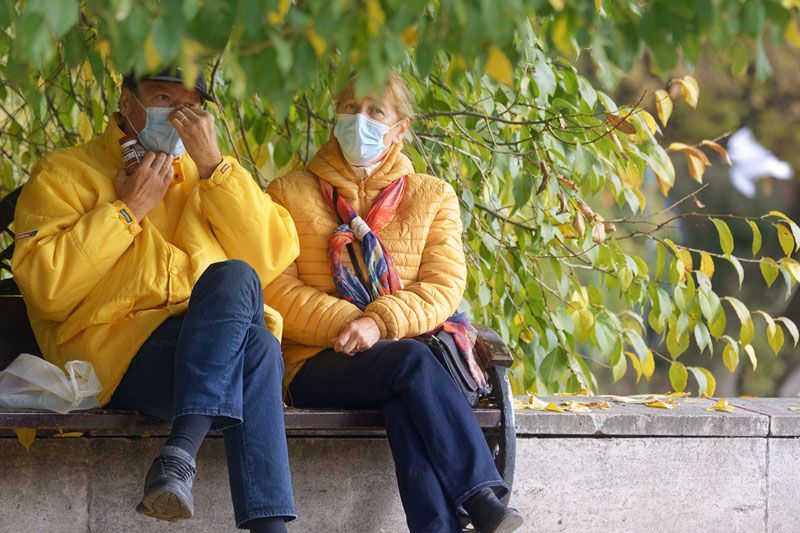In Australia, compulsory mask-wearing has been implemented in various states and territories during the COVID-19 pandemic to prevent the spread of the virus. The rules around mask-wearing vary between states and territories. For instance, wearing a mask in New South Wales is only mandatory on public transport and in some indoor settings. In Victoria, however, masks are required in all indoor public spaces and on public transport, and there are hefty fines for non-compliance. The Northern Territory has a fine of $5,000 for individuals and $25,000 for businesses that don’t follow mask-wearing requirements. Therefore, they are a crucial tool in preventing the spread of the virus and protecting oneself and others from infection. However, with so many types of face masks in Australia, knowing which one is right for you can be unclear. So, this article will look at the different types of face masks available in Australia and their respective uses.
Cloth Masks
Cloth masks are the most common type of face mask that people use in Australia. They are made of fabric and can be reused after washing. They are affordable and widely available, and they come in various colours and designs, making them a fashionable accessory as well as a practical one. Cloth masks are suitable for everyday use in low-risk environments where social distancing measures are in place, such as grocery stores and public transport. They are also appropriate for people not in high-risk groups, such as those who are not immunocompromised or elderly.
Surgical Masks
Surgical masks, also known as medical masks, are disposable face masks commonly used in healthcare settings. They are made of multiple layers of material and are designed to protect both the wearer and others from respiratory droplets. Surgical masks are more effective at filtering out particles than cloth masks, making them a good choice for higher-risk environments such as hospitals and clinics. They are also suitable for use in public settings, such as crowded public transport, where social distancing measures may be more challenging to maintain.
N95 Masks
N95 respirator masks keep 95% of airborne particles out. They are used in healthcare settings with a high risk of exposure to infectious diseases, such as tuberculosis or COVID-19. N95 face masks in Australia are more effective at filtering out particles than surgical masks but are also more expensive and harder to come by. They require a tight seal around your nose and mouth to be effective, so they are unsuitable for people with facial hair or those with trouble breathing.
KN95 Masks
They are commonly used in China and are becoming more widely available in Australia. Like the N95 mask, the KN95 mask filters out 95% of airborne particles. They are a good choice for healthcare workers and other essential workers at high risk of exposure to COVID-19. However, it is important to note that not all KN95 masks meet Australian standards, so purchasing them from a reputable source is essential.
Face Shields
Face shields are a type of protective equipment designed to protect the entire face, including the eyes. They are made of clear plastic and are worn like a visor. Face shields are typically used in healthcare settings in combination with other personal protective equipment, such as masks and gloves. They are also used by people who cannot wear a mask due to medical reasons or who work in customer-facing roles where they need to communicate clearly.
In conclusion, the type of face mask that is right for you depends on your needs and circumstances. Cloth masks are suitable for everyday use in low-risk environments, while surgical and KN95 masks are better suited to higher-risk environments. N95 masks are the most effective at filtering airborne particles but are unsuitable for everyone. Meanwhile, regardless of the type of mask you choose, wear it correctly and follow other guidelines, such as social distancing and hand hygiene, to protect yourself and others from COVID.

Morgan Rose Elliott is an aromatherapist, yoga instructor, animal lover, a happily married mother of three. She enjoys reading biographies and writing poems, sunny days on the beach and any shape and form of vanilla. Crazy about the ’80s, her favorite band is Duran Duran (although kids prefer Franz Ferdinand, and the husband Blink182) and she is obsessed with Netflix original Stranger things.
